
The Harzer Schmalspurbahnen (Harz Narrow Gauge Railways) are widely known for their steam trains running up and down the Harz Mountains. But they also offer diesel railbuses (Class 187) dating back to the 1990s.
You only see what you know (Goethe)

The Harzer Schmalspurbahnen (Harz Narrow Gauge Railways) are widely known for their steam trains running up and down the Harz Mountains. But they also offer diesel railbuses (Class 187) dating back to the 1990s.
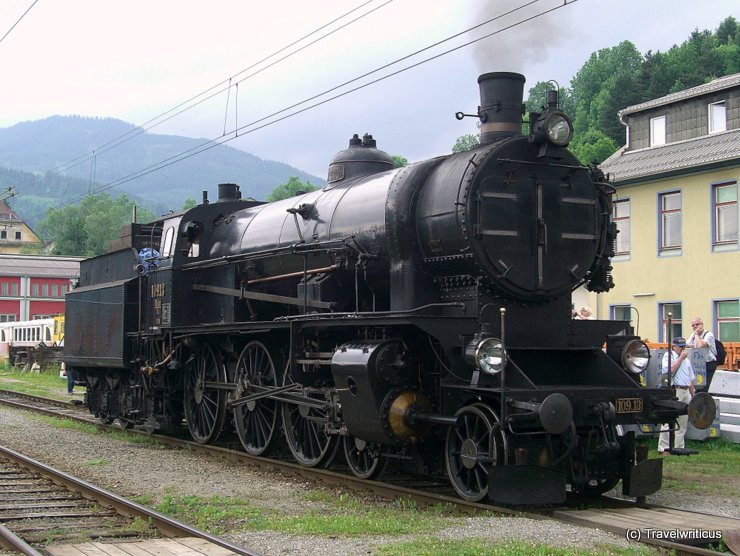
On an event at the Südbahn Museum in 2010, I saw this steam locomotive of the Class SB 109. It dates back to 1912. In the beginning the loco served for the Austrian Southern Railway Company. Today, it still runs for classic train tours.
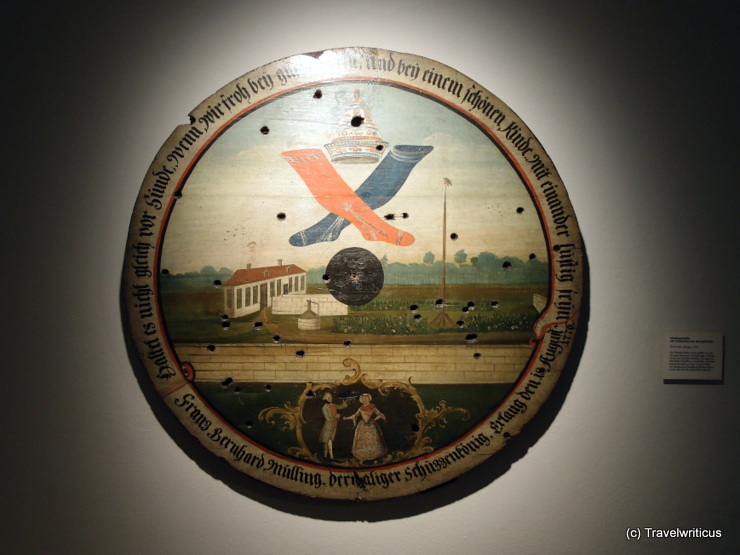
You find the Erlangen City Museum in the former town hall of the Old Town (Altstadt) on Martin- Luther-Platz. It shows the city’s history from its beginnings to the 20th century. Especially worth seeing is the depiction of the history of the Huguenots. [German]

If you are interested in the people of Celts, Deutschlandsberg Castle (Schloss Deutschlandsberg) in the Austrian state of Styria is worth a visit. It houses the Archeo Norico, a museum about Celtic history.

The memorial site to Ernst Abbe reminded me more of a temple than a simple monument. A look through the glass door increased the impression. The dainty image of the industrialist and social reformer Ernst Abbe rested on a massive herm. [German]
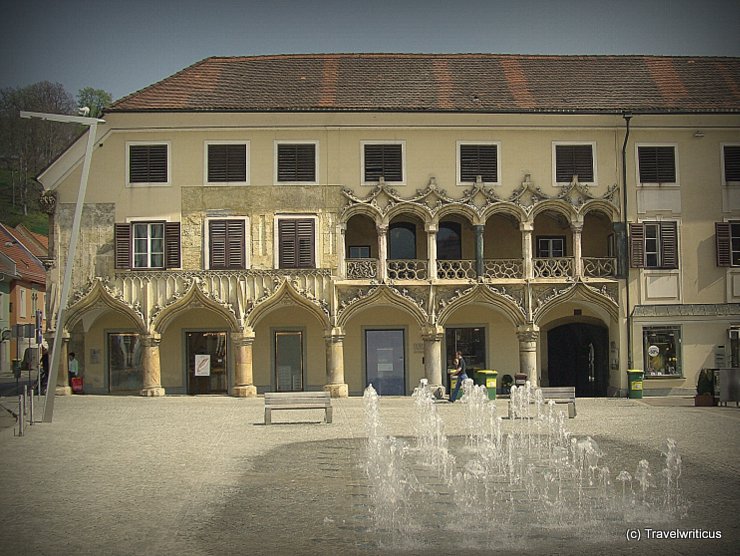
The Kornmesserhaus is one of the most beautiful Gothic secular buildings in Austria. You find the building on the town square of Bruck an der Mur. Its name originates from its first owner, Pankraz Kornmesser.
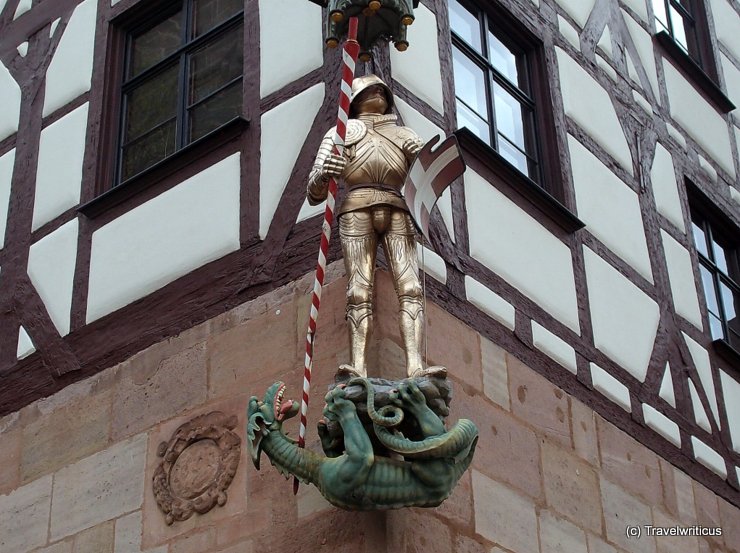
The house sign of the Pilatushaus in Nuremberg shows Saint George fighting the dragon. The motif fits well. The owner of this home was a Plattner (amorer), and George was the Saint of his craft guild.
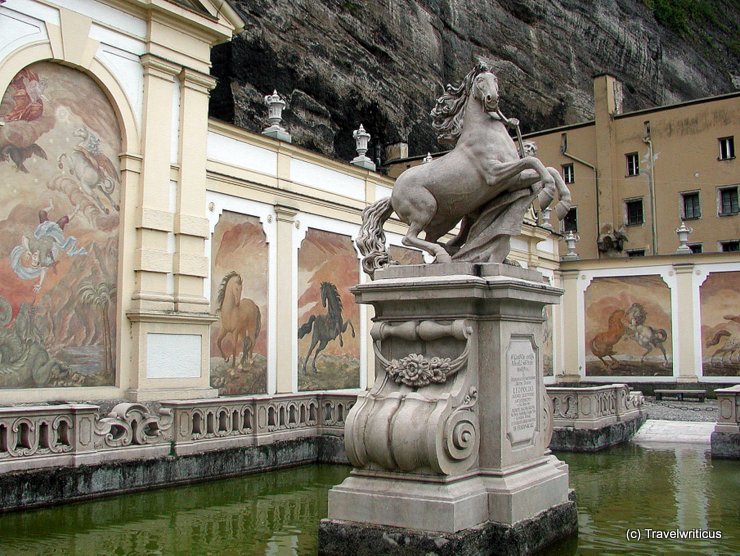
This water basin for washing horses (Pferdeschwemme) stands next to Sigmund’s Gate (Sigmundstor). The basin, generally known as Hofmarstallschwemme, was designed and built in 1693 by Johann Bernhard Fischer von Erlach.
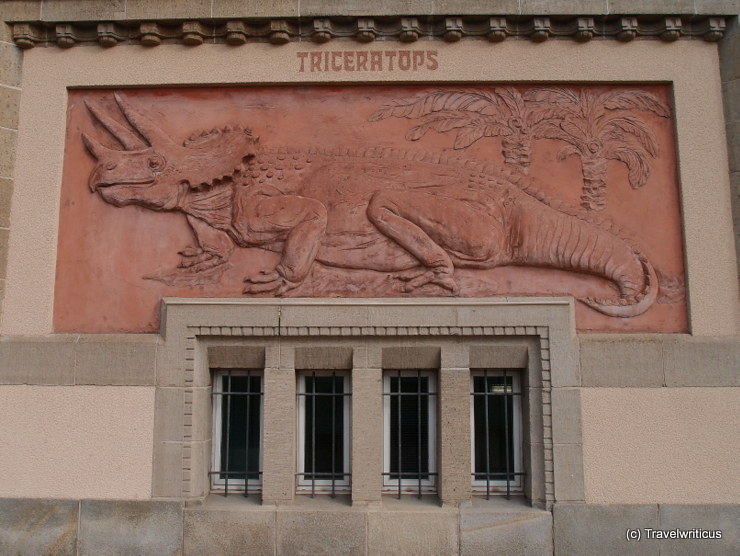
This illustration of a Triceratops by Heinrich Harder is one of several animal representations on the outer walls of the Aquarium Berlin. It forms an intriguing contrast to the colourful fishes inside.

The Basiliskenhaus is situated at the Schönlaterngasse 7. The mural at this house shows a myth about a baker servant who defeated a basilisk. The fabulous creature lived in the well of the building.
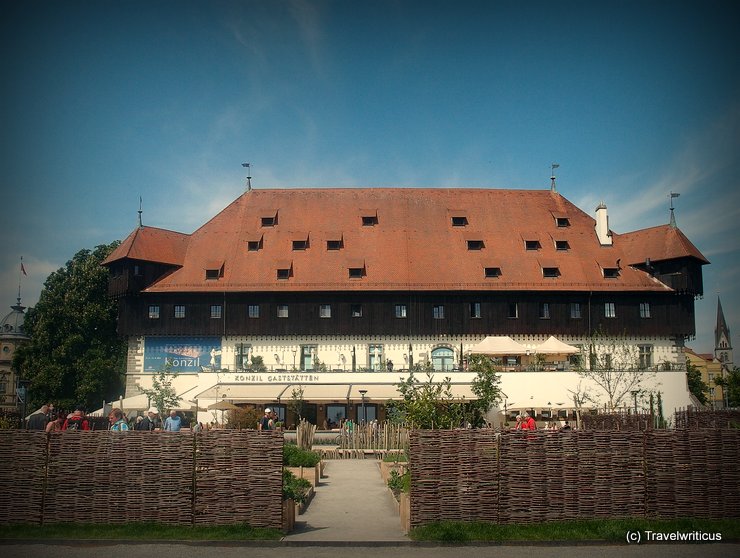
In the Council Building, the election of Pope Martin V took place in the year 1417. It was a crucial event during the Council of Constance (1414-1418). The German building name still reminds us of this event: Konzilgebäude or Konzil. [German]

The Goose Girl Fountain (Gänsemädchenbrunnen) displays a girl with three geese. Its creator was the Czech sculptor Antonín Pavel Wagner. The fowls refer to the first site of the fountain, which was the former poultry market of the city.